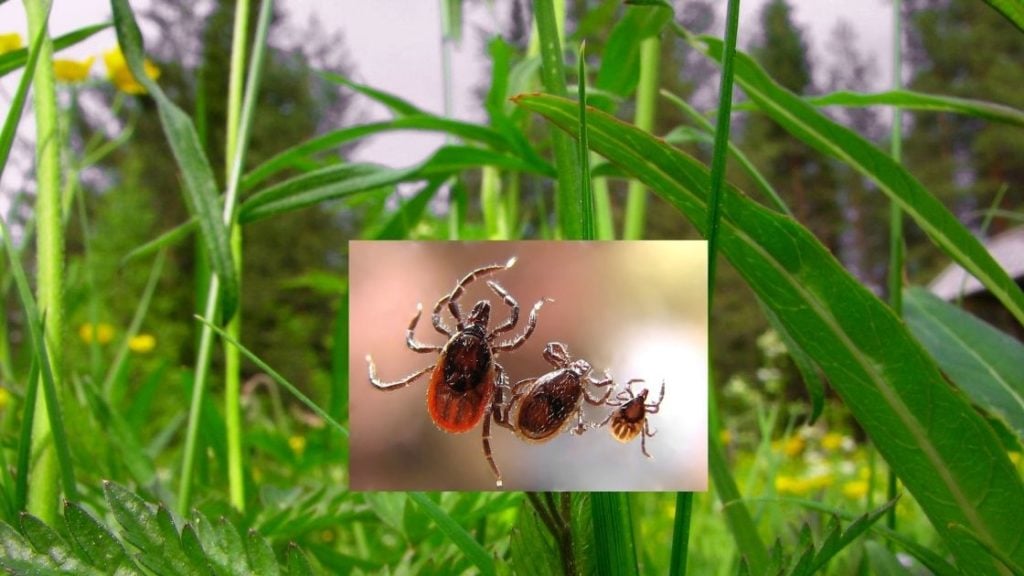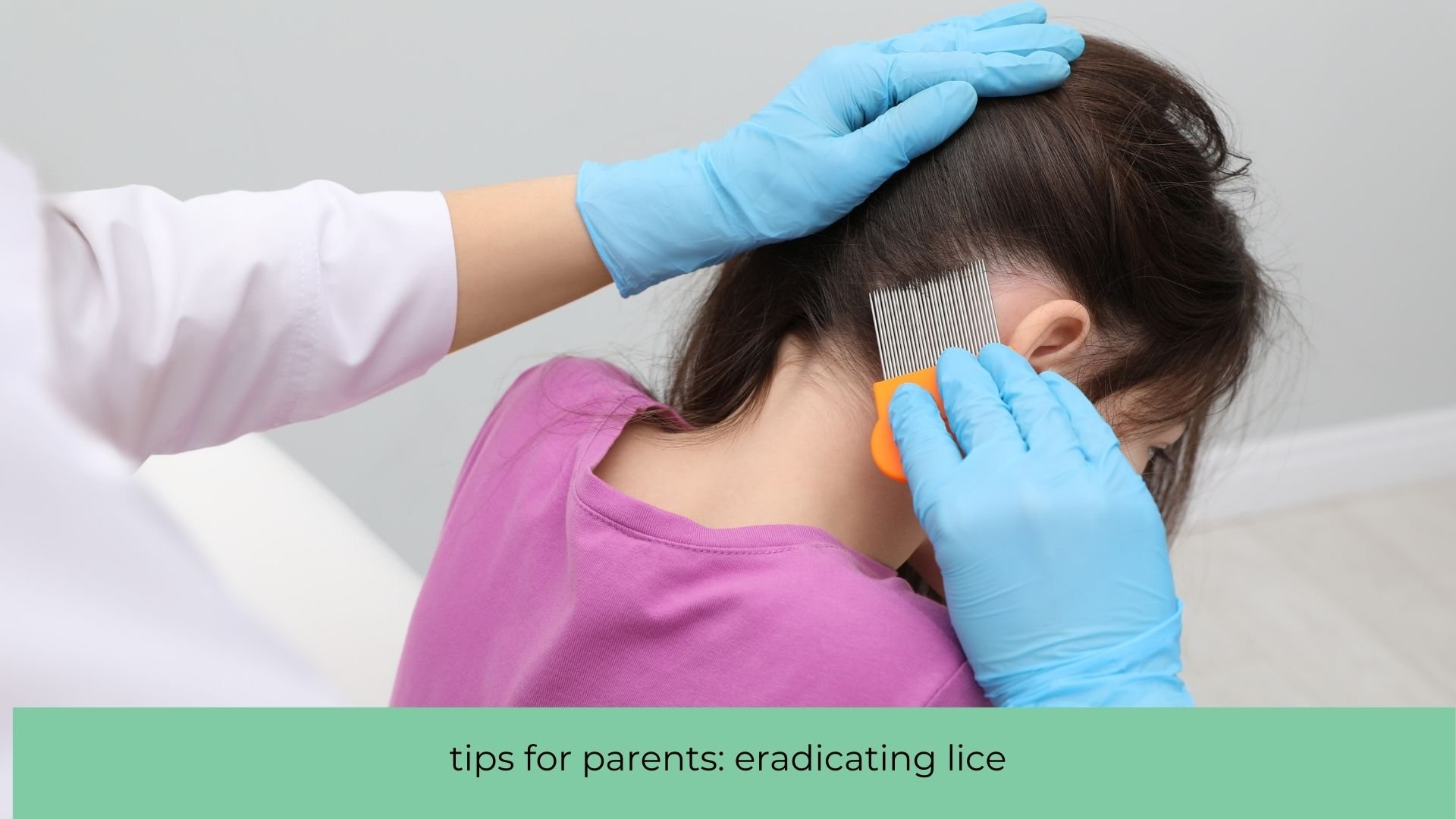Q: How can I protect my kids from ticks and Lyme disease this summer?
A: Think small. The kind of tick bites you should be most concerned about come from deer ticks, which are smaller than the larger and more common wood ticks, also known as dog ticks.
Many parents mistakenly think wood ticks can transmit Lyme disease. They can’t. (Be aware, though, if you remove a wood tick, but the head doesn’t come out, it can cause a local infection.)
Deer ticks will typically look like a new, small freckle on your child’s skin. To transmit Lyme disease — or a handful of other diseases — ticks really need to be attached to the skin for 24 hours or more.
A daily inspection of your children’s skin right before bed on days that they’ve been playing outside, for example, will usually eliminate the possibility of them getting infected with Lyme disease.
Insect repellents are also helpful, but be careful to note the concentration of DEET in many of these products for younger children. (See epa.gov/pesticides/insect/safe.htm for information on children and DEET.)
Also, please note that the area extending north from the Twin Cities metro area to northern Wisconsin seems to have a particularly high concentrations of deer ticks. (See health.state.mn.us for more information on high-risk areas in the state.)
If your child or teen does get bitten by a tick that stays attached long enough to possibly transmit an infection, he or she will likely develop a large, red, circular rash that will remain for three weeks or more if left untreated.
If it’s a small rash — less than 2 inches in diameter — or goes away without treatment within a week, then it’s unlikely that it’s Lyme disease. If you see a bull’s-eye type rash, however, you should take your child to the doctor. He or she will need antibiotics to treat the infection.
Lyme disease: The basics
What is it?
Lyme disease, named for the Connecticut town where the disease was first discovered in the 1970s, is an infection caused by a bacteria called Borrelia burgdorferi.
Typical symptoms include fever, headache, fatigue and a characteristic skin rash. If the infection is left untreated, it can spread to the joints, heart and nervous system. Most cases of Lyme disease can be treated successfully with a few weeks of antibiotics.
How’s it transmitted?
In the U.S., bacteria transmitted to people and animals by the bite of an infected blacklegged tick, commonly called the deer tick.
Where is it found in the U.S.?
95 percent of of Lyme disease cases were reported from 13 states — Minnesota, Wisconsin, Connecticut, Delaware, Maine, Maryland, Massachusetts, New Hampshire, New Jersey, New York, Pennsylvania, Vermont and Virginia.
This column is intended to provide general information only and not medical advice. Contact your health care provider with questions about your child. Dr. Peter Dehnel is a board-certified pediatrician and medical director with Blue Cross Blue Shield of Minnesota. Post questions or comments below.





















